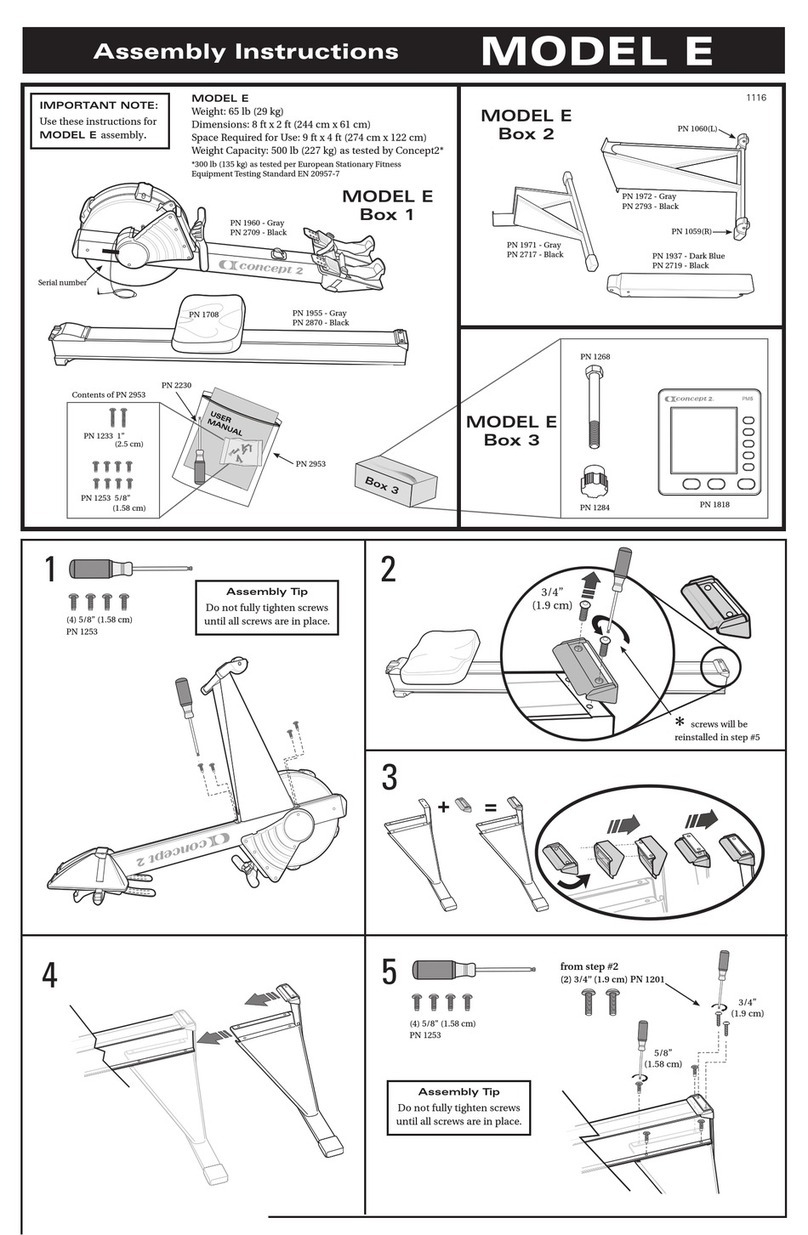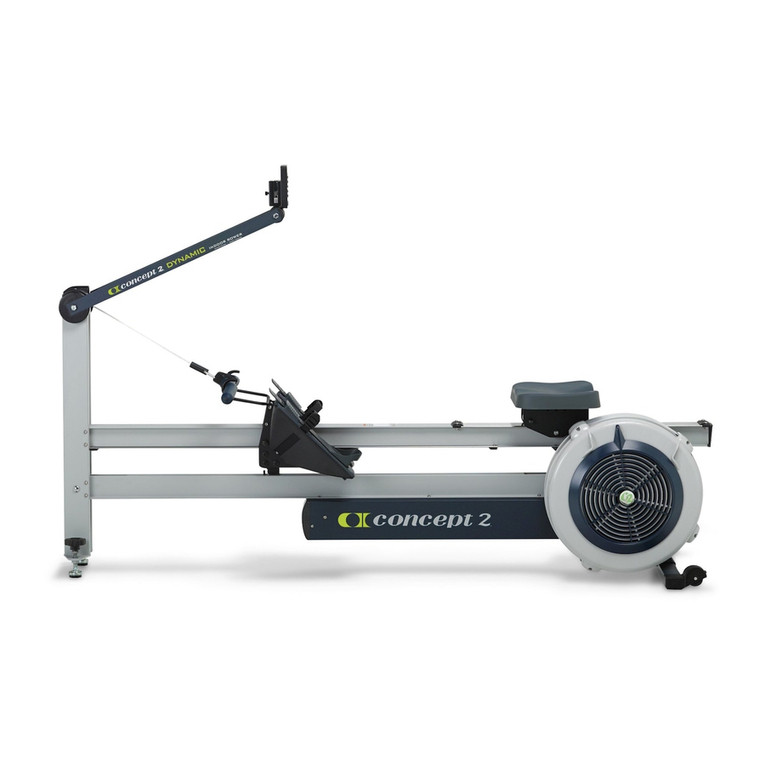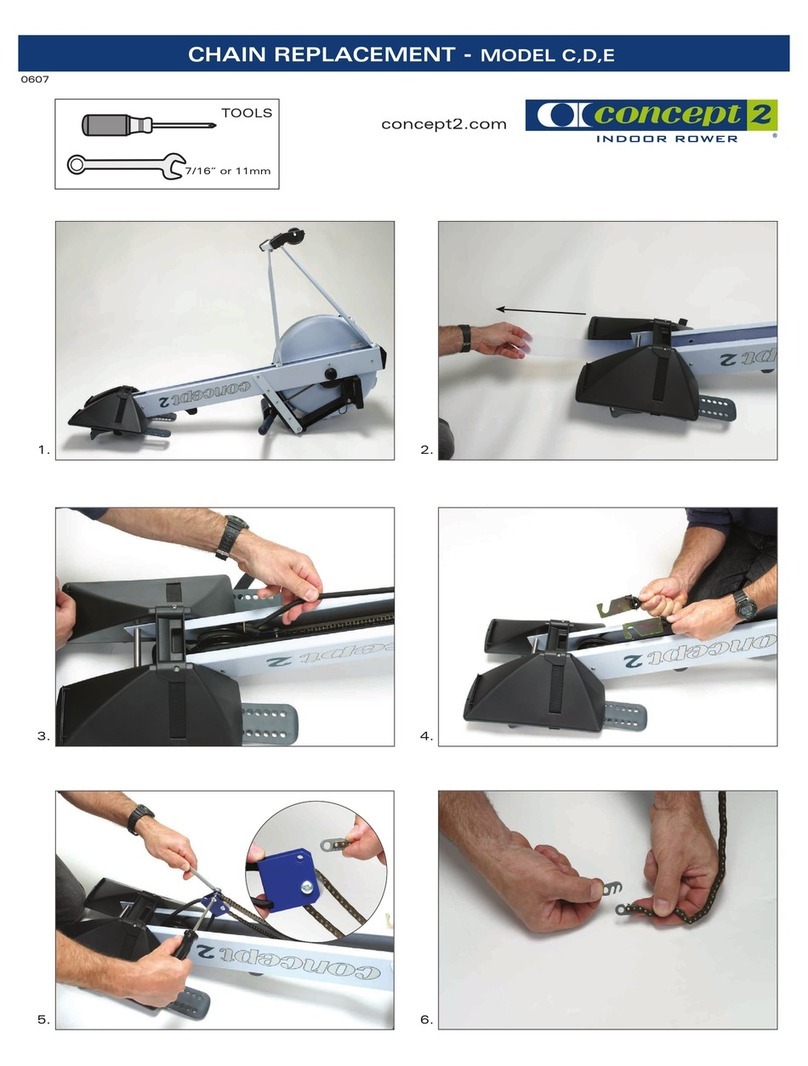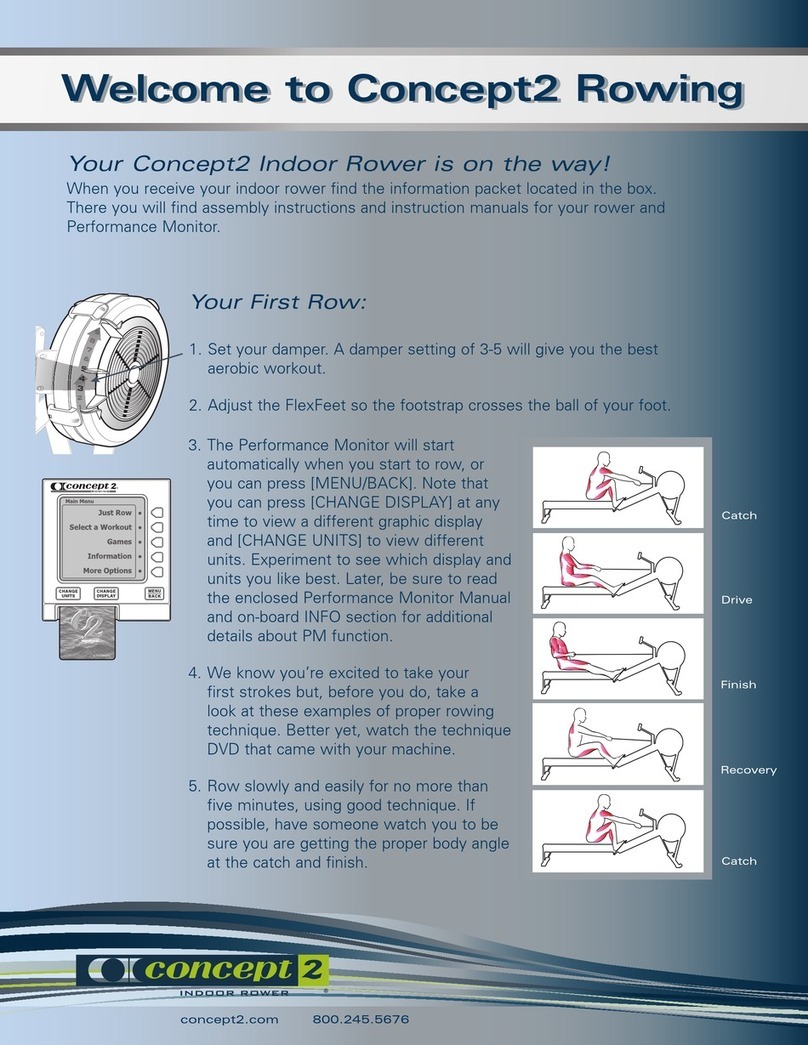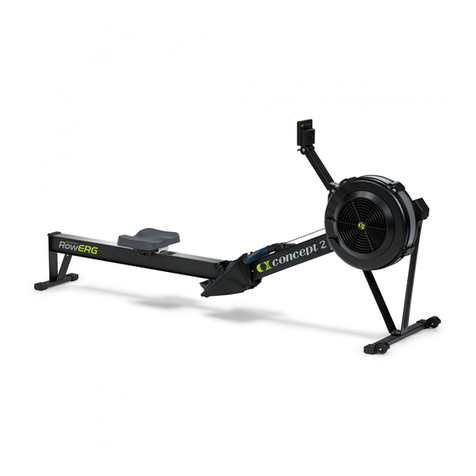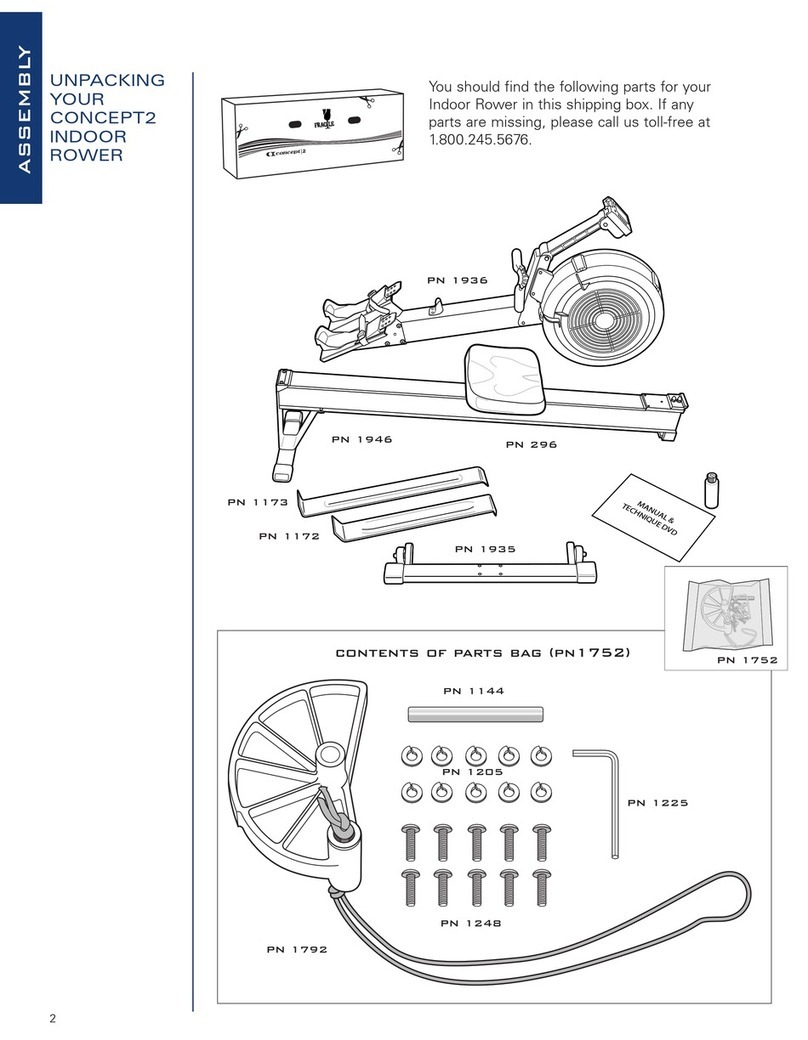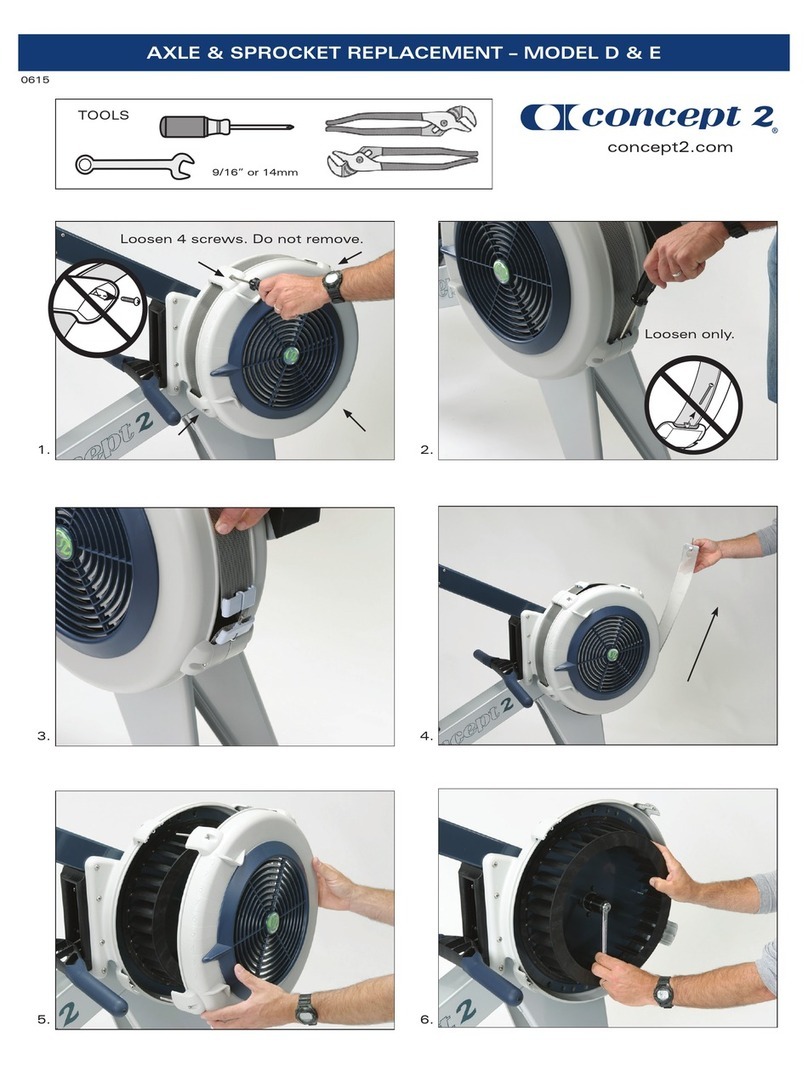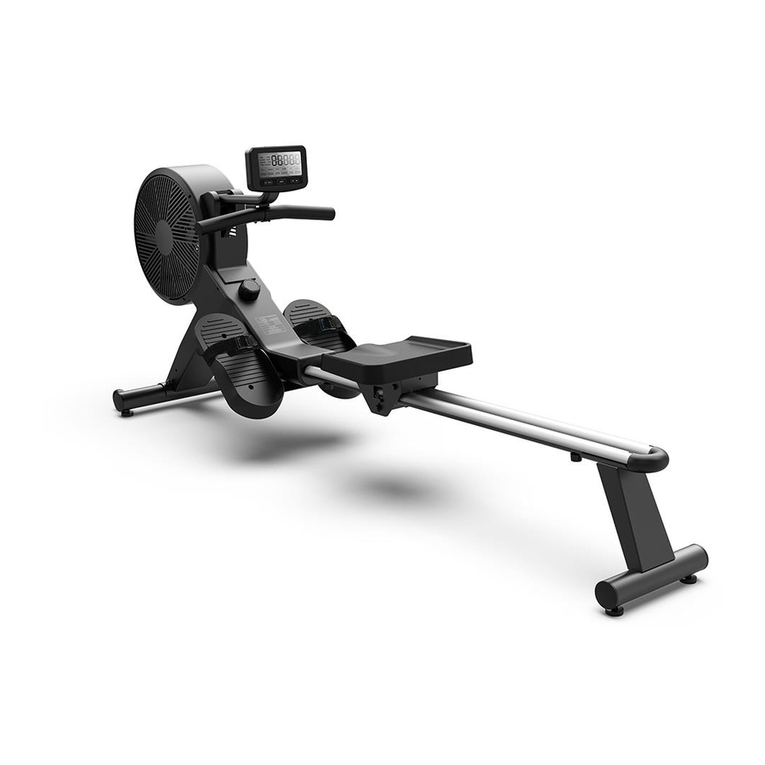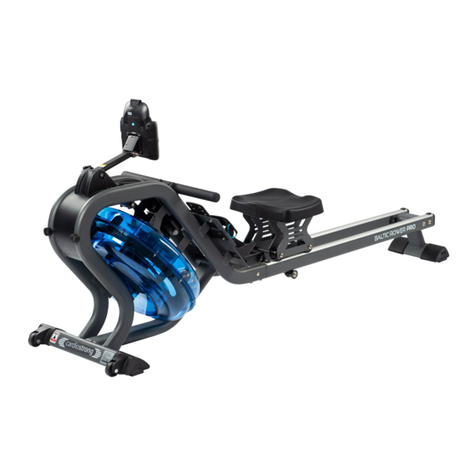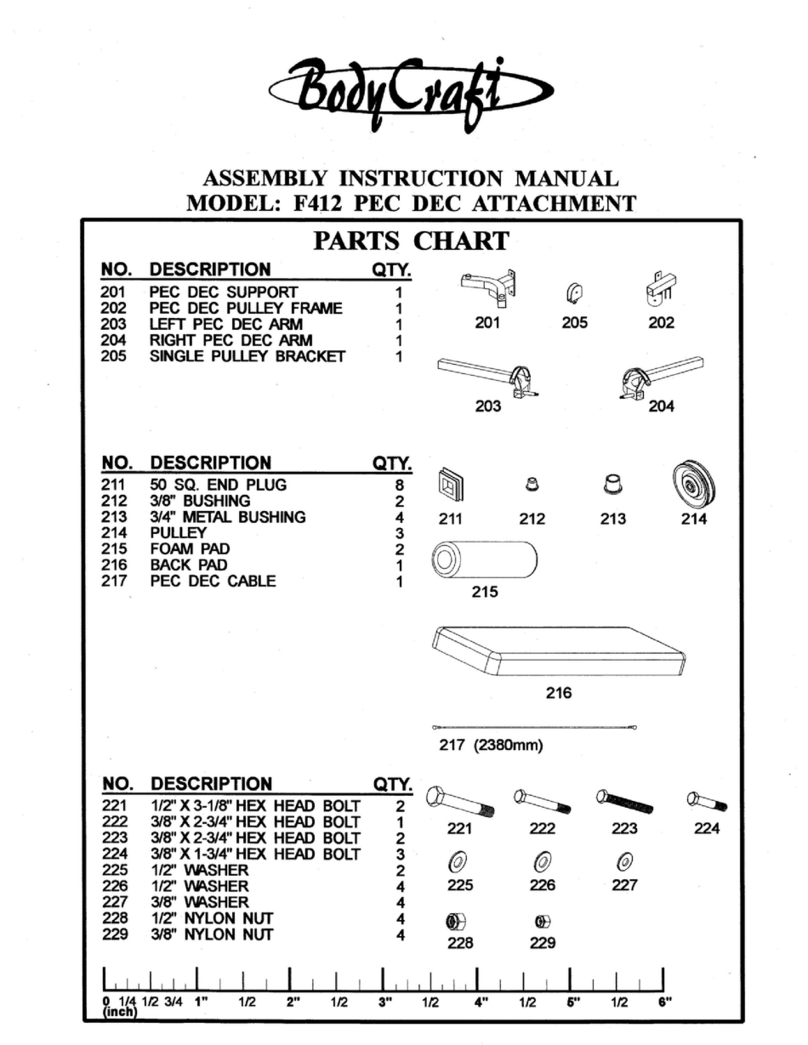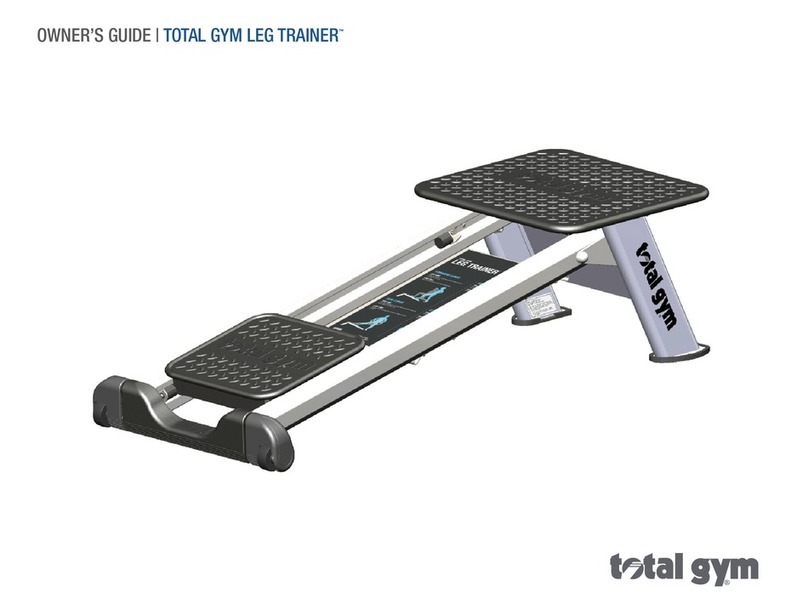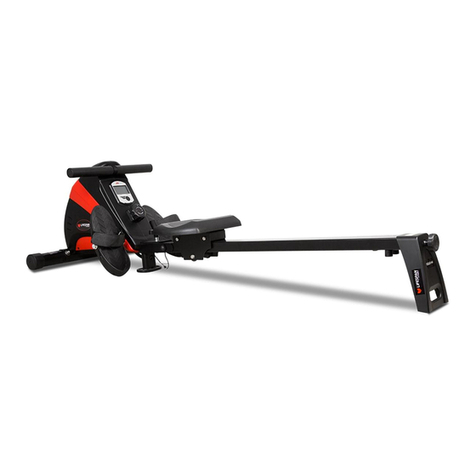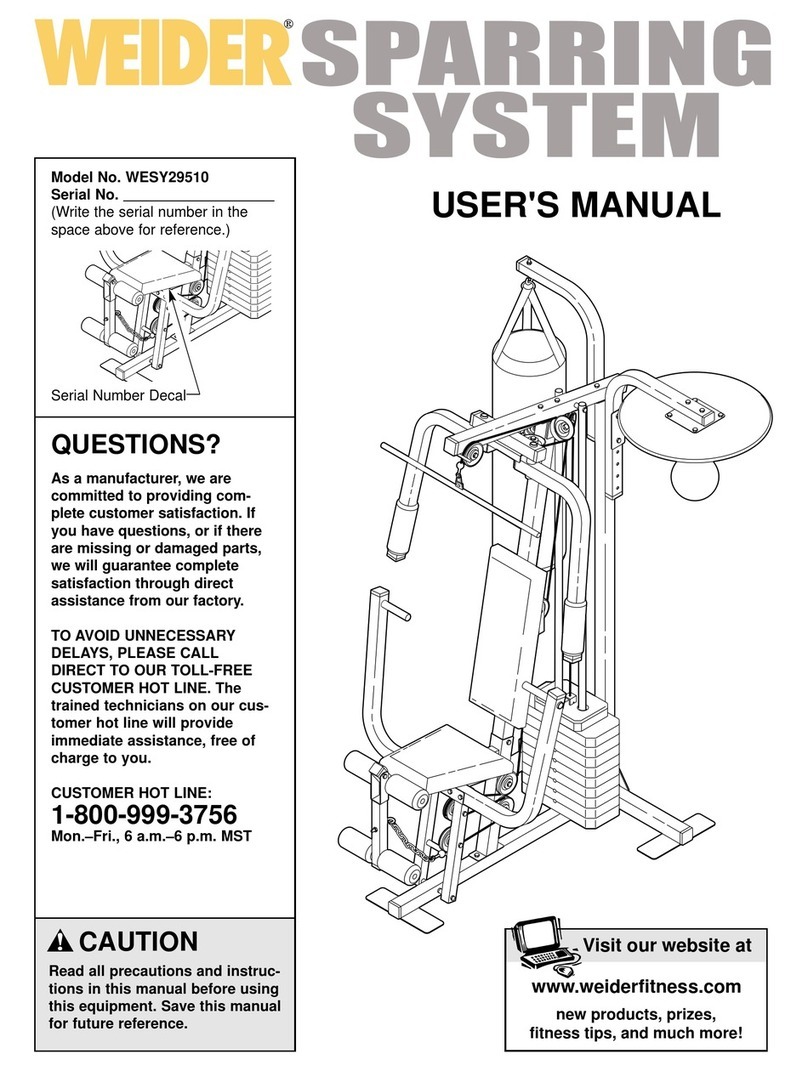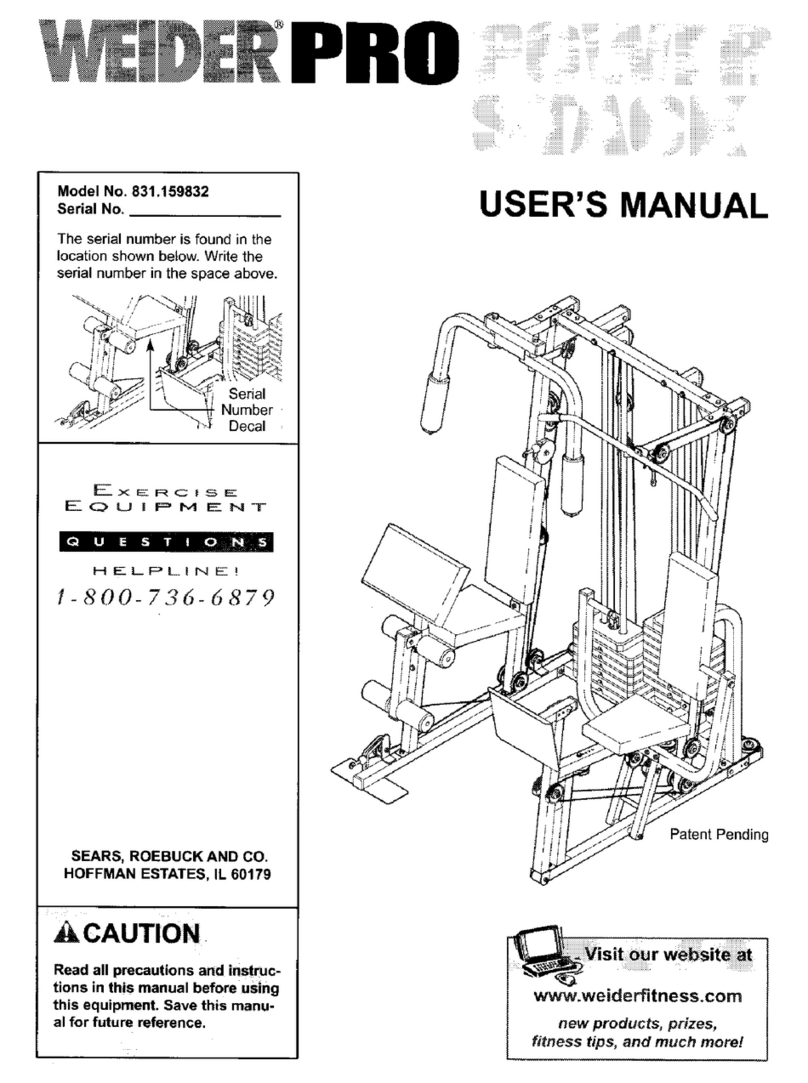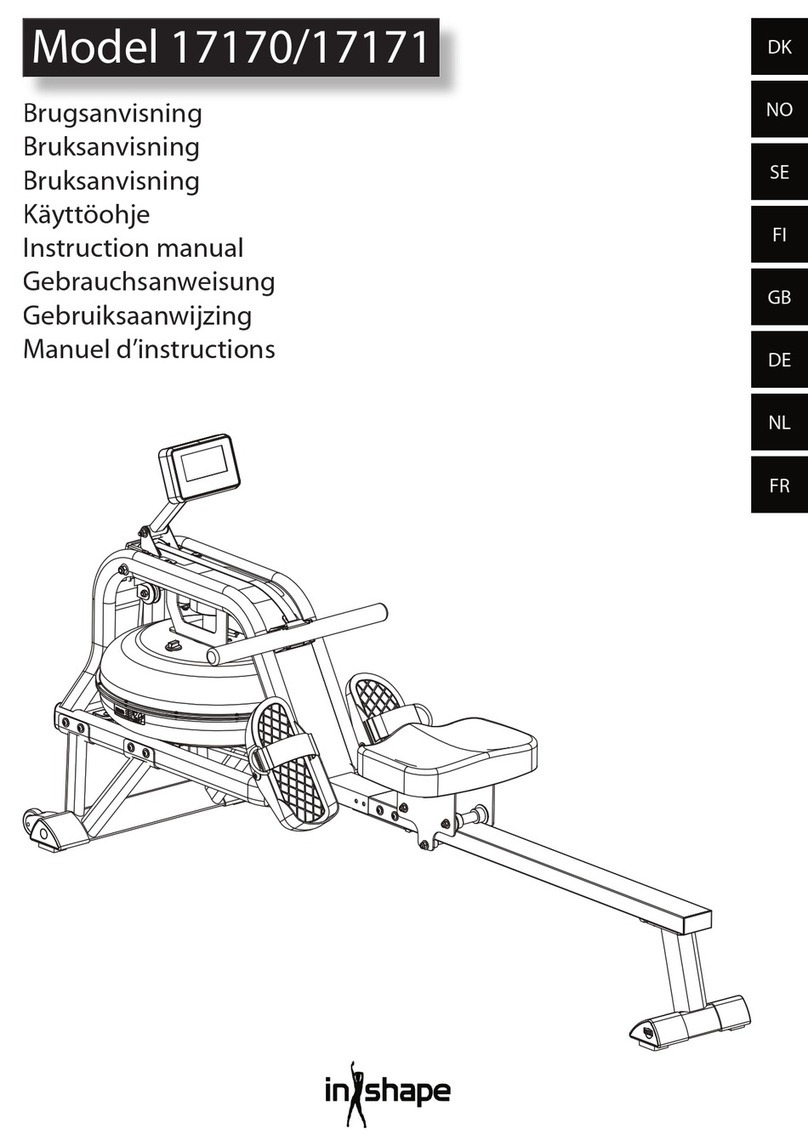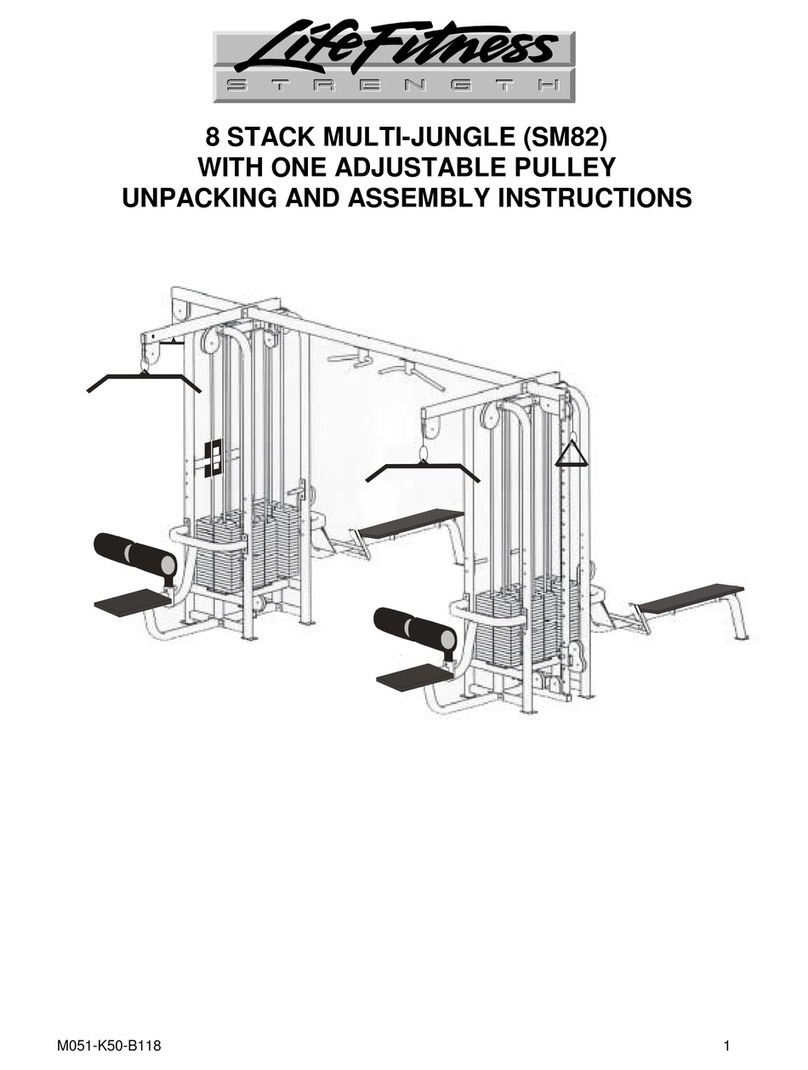
5
1207
1. WET THE ELECTRODE AREAS OF ELASTIC CHEST BELT
Wet the electrode area (the two rectangular areas on the underside of the chest belt transmitter) thoroughly
under running water.
2. ATTACH THE CONNECTOR TO THE ELASTIC CHEST BELT
Position the letter L on the connector next to the word LEFT on the chest belt and snap the fastener.
3. SECURE THE ELASTIC CHEST BELT
Center the chest belt flat against your skin, as high under the pectoral muscles (breasts) as is comfortable.
Snap the second fastener. The chest belt should fit snugly and comfortably and allow for normal breathing.
4. ROW!
If you have a PM2 or PM2+your heart rate will be dispalyed in the lower right display in all display modes. If
you have a PM3 or PM4 your heart rate will be dispalyed in the center right display in all display modes. See
photos below.
NOTE: It sometimes takes a few minutes of exercise to achieve a
consistent heart rate signal.
TROUBLESHOOTING
how to wear polar™ (or polar compatible) heart rate monitor
Precautions
• ThoroughlywipeyourPolarelasticchest
belt and connector dry after each use.
• Donotstoreinanon-breathableorplastic
bag where moisture may become trapped.
Store in a warm dry place.
• Donotexposeyourheartratemonitorto
direct sunlight, extreme heat above 50˚
Celsius (122˚ Fahrenheit) or extreme cold
below -10˚ Celsius
(14˚ Fahrenheit).
• Donotbendorstretchtheelectrodestrips
on your elastic chest belt, especially when
storing.
TROUBLESHOOTING
What if the heart rate reading is erratic or totally
absent?
NOTE: Occasionally the heart rate monitor will
pick up bad data for a number of reasons. When
the monitor recognizes bad data, the display will
go blank rather than show the bad data. It will take
five seconds or longer to re-establish and display
accurate readings.
1. Repeat the electrode wetting procedure as
described above. The electrodes must be wet to
pick up accurate heart rate readings.
2. Make sure the connector is centered with
electrodes flat against your skin, as high under
the pectoral muscles as is comfortable.
3. Wash your elastic chest belt with mild soap and
water, if you have not been doing so regularly.
4. Make sure your receiver is within the proper
range to receive transmission (1 meter/3 feet
from your chest belt).
5. Check the connection where the receiver cable
plugs in. On a PM2 or PM2+the receiver cable
Read heart
rate here.
Read heart
rate here.
PM2 and PM2+PM3 and PM4
plugs into the back of the monitor. On a PM3 or PM4
the receiver cable plugs into the underside of the
monitor. Check the connection between the cable and
the receiver.
6. If you are exercising within range of strong
electromagnetic signals the heart rate readings may
elevate to abnormal levels. Common sources of
electromagnetic signals are televisions, computers,
cars, TV antennas, high voltage power lines and motor
driven exercise equipment.
7. Signals from more than one HR monitor within the
transmission range (1 meter/3 feet) may also cause
incorrect readings. Check your surroundings and move
away from the source of interference if possible.
NOTE: Two indoor rowers with heart rate hardware
must be at least four feet (1.22 meters) apart to avoid
interference.
If further troubleshooting assistance is
needed, call Concept2 at 1.800.245.5676.

